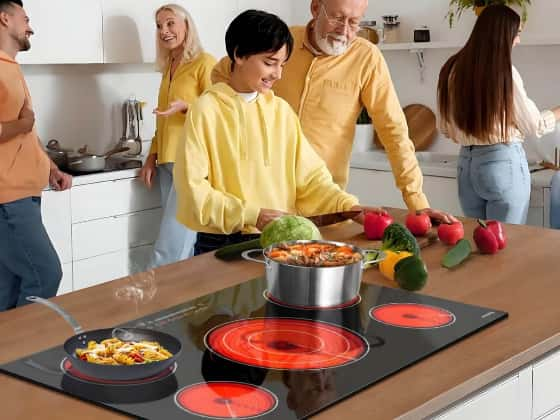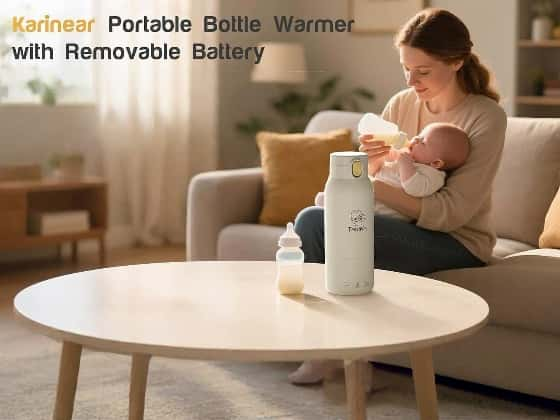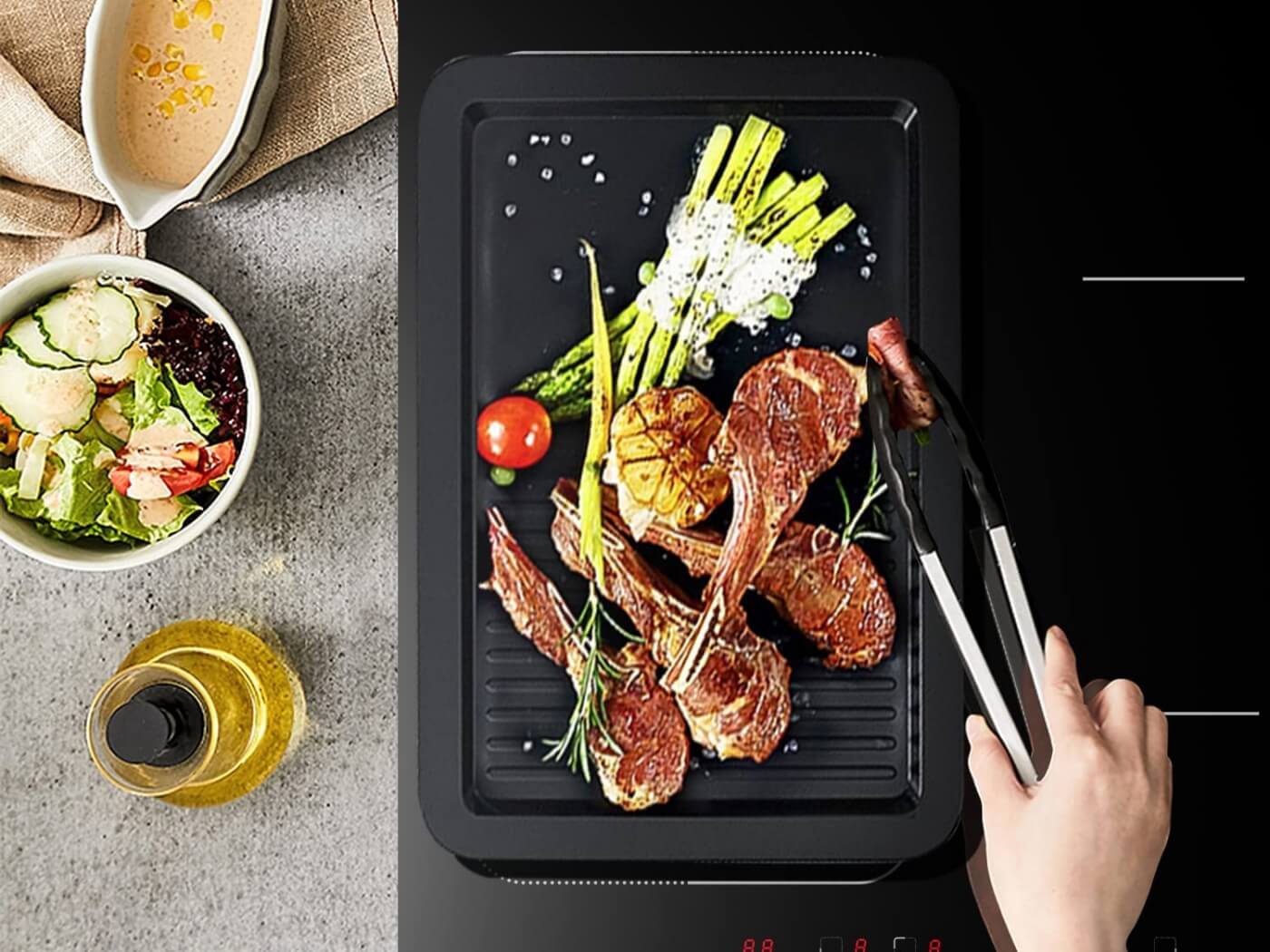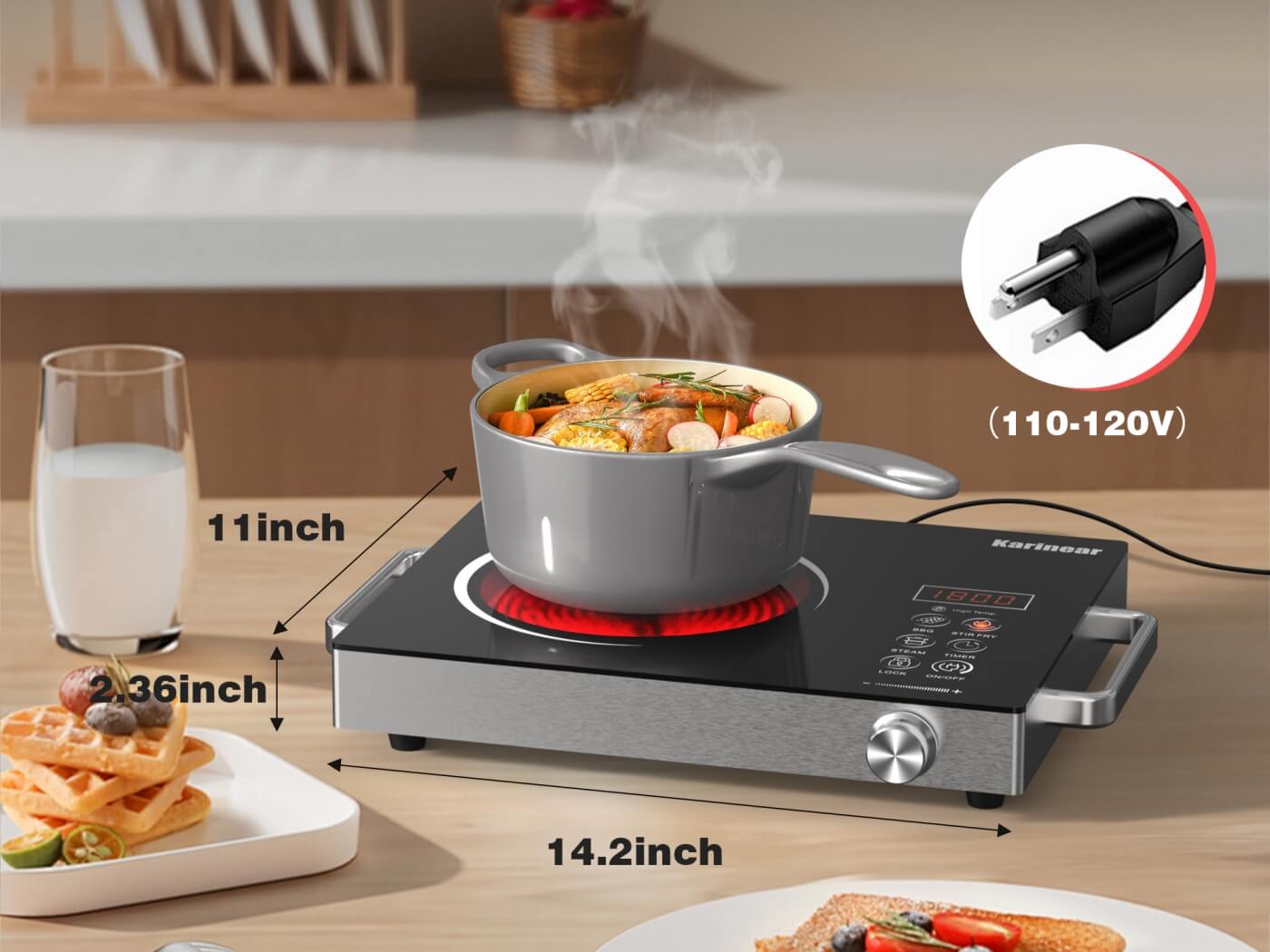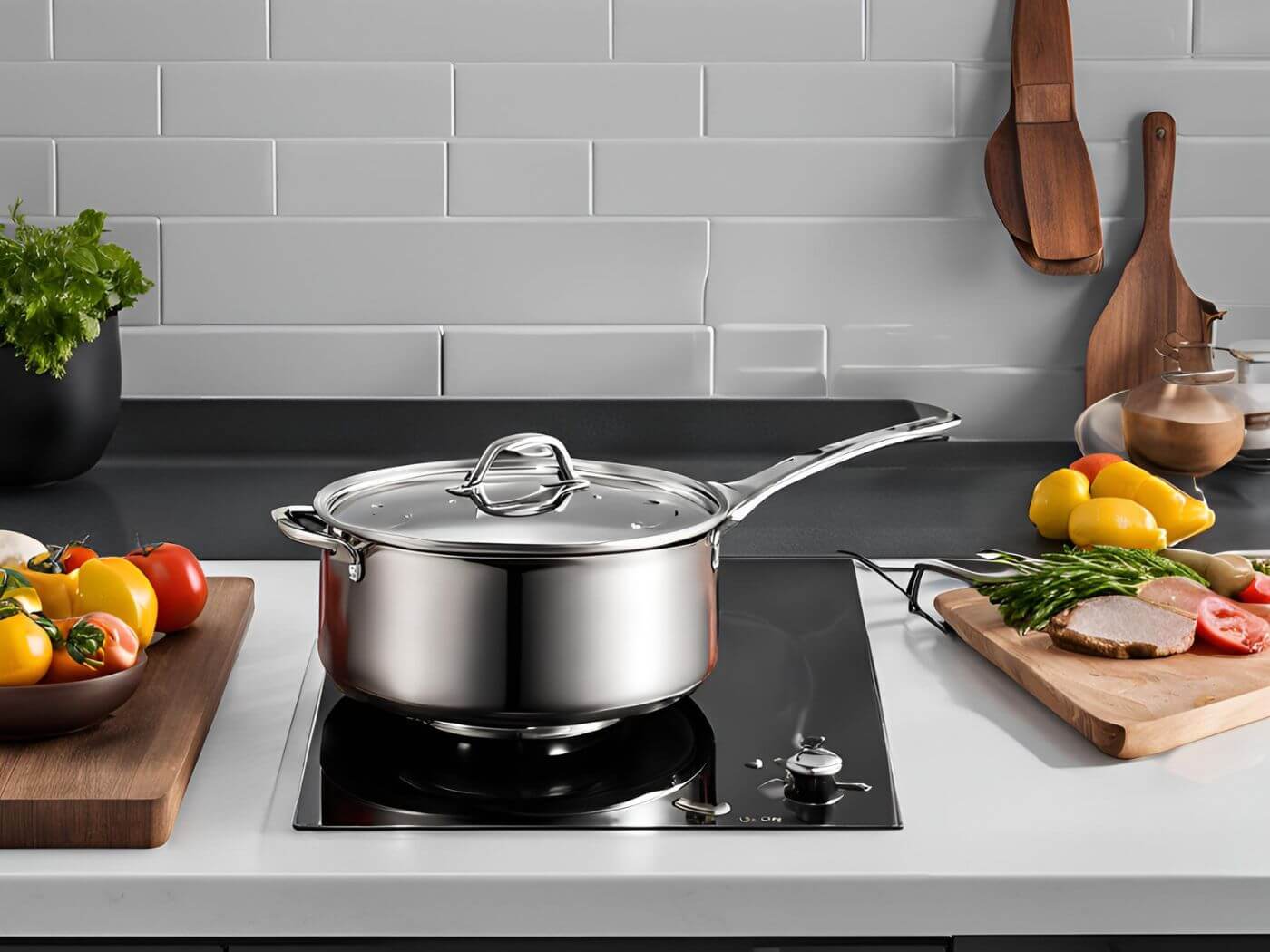
The Science Behind Induction
At the heart of induction cooking is an intriguing combination of physics and magnetism. An induction cooktop's smooth glass-ceramic surface hides a system of electromagnetic coils. When an electric current flows through these coils, it produces a magnetic field. This field, however, is only activated when a compatible pot or pan is put on the cooking surface.
When a ferromagnetic cookware item, such as a cast iron skillet or a stainless steel pot, is placed on an induction cooktop, the magnetic field generates electric currents in the cookware's metal. These currents, known as eddy currents, cause resistance within the metal, which generates heat. Essentially, the cookware becomes the heat source, heating up quickly and evenly.
Gas Cooktops: The Traditional Favorite
Gas cooktops have long been popular among professional chefs and home cooks alike. They provide rapid heat and exact control, enabling quick temperature adjustments. However, in terms of energy efficiency, gas cooktops have certain inherent restrictions.
Heat loss: A substantial amount of heat escapes from the sides of the pot or pan, diminishing overall efficiency.
Incomplete combustion: Not all of the gas is totally consumed, resulting in some energy waste.
Gas burners need sufficient ventilation, which can affect a home's overall energy use.
Induction Cooktops: The Efficient Newcomer
Direct heating: By heating the cookware directly, induction reduces heat loss to the surroundings.
Rapid temperature changes: Induction cooktops can modify temperatures practically instantly, eliminating energy loss caused by overheating or extended cooking times.
Cool-to-touch surface: The cooking surface stays reasonably cool, boosting safety and eliminating the need for additional cooling in the kitchen.

Energy Efficiency: Induction vs. Traditional Methods
Direct Energy Transfer
One of the primary benefits of induction cooking is direct energy transmission. Unlike gas or electric cooktops, which lose a considerable amount of energy to the surrounding air, induction cooktops deliver energy directly to the cookware. This means that a greater proportion of the energy consumed is turned into heat for cooking.
Controlling the cooking speed and temperature.
Induction cooktops heat substantially faster than their equivalents. This rapid heating ability saves time waiting for pots and pans to reach the desired temperature, resulting in energy savings. Furthermore, the precise temperature control provided by induction enables for more efficient cooking processes, avoiding the risk of overheating or unnecessary cooking times.
Energy Loss Reduction
Traditional cooktops, particularly gas versions, can waste a significant amount of energy through heat loss. In contrast, induction cooktops help to reduce energy loss. The cooking surface stays relatively cool, and heat is created solely within the cookware, resulting in a more efficient use of energy.
Standby Power Consumption
It's worth mentioning that induction cooktops, being electrical gadgets, take a tiny amount of standby power when not in use. However, this idle consumption is usually negligible and exceeded by the efficiency benefits from active cooking.
Efficiency percentages
While exact percentages vary based on specific models and usage patterns, some studies indicate that induction cooktops can transfer energy at up to 84% efficiency. This compares well to electric cooktops, which are normally 74% efficient, and gas cooktops, which are frequently around 40% efficient.
Conclusion
Energy. The kitchen is frequently regarded as the heart of the home, and at its core is a dependable stove. As technology advances, induction cookers are becoming more popular in modern kitchens. According to the findings in our article, induction cooktops are more energy efficient. After weighing the advantages and disadvantages, you can select the stove that best meets your needs.


